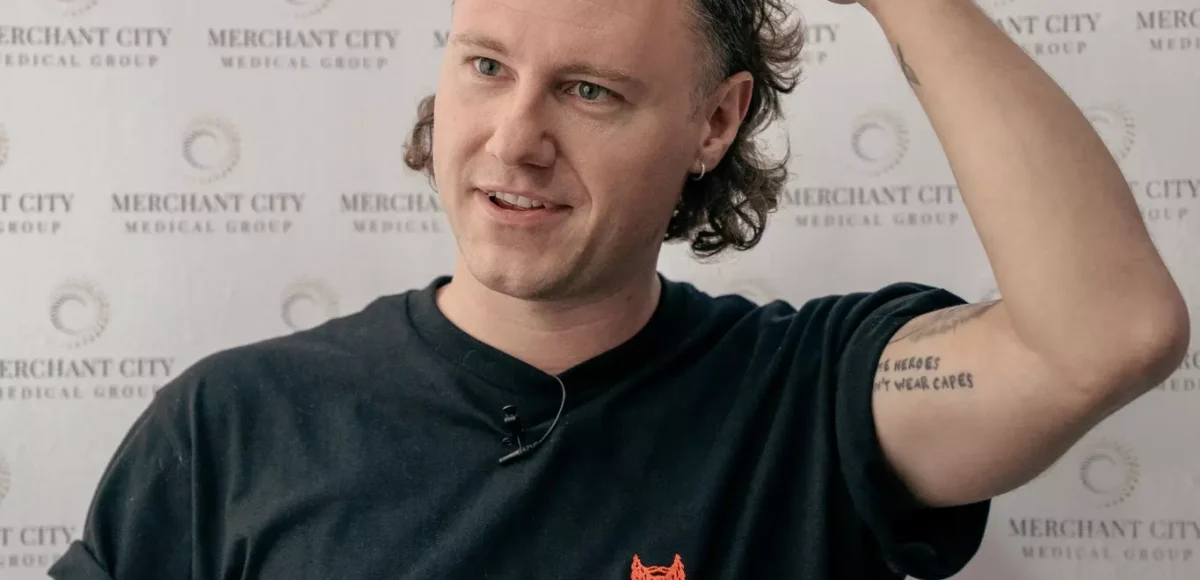
Understanding the Hair Growth Cycle: An Essential Guide

Understanding the Hair Growth Cycle
An Essential Guide
Discover the four stages of the hair growth cycle—anagen, catagen, telogen, and exogen—and learn how each phase affects hair health. This essential guide offers insights into maintaining optimal hair growth and preventing loss.
Anagen Phase
This is where the magic begins. During the anagen phase—the active growth stage—cells in the hair root multiply quickly,
Catagen Phase
The catagen phase is a brief transitional stage lasting only a few weeks. Hair growth halts, and the hair follicle begins to shrink.
Telogen Phase
n the telogen phase, the follicle takes a well-earned break. Hair neither grows nor falls out during this period,
The Hair Growth Cycle
Understanding Your Strands from Root to Tip
Hair is so much more than a style statement — it’s a reflection of who we are. From how we wear it to how it frames our face, our hair plays a powerful role in shaping our confidence, personality, and self-expression. But while we obsess over cuts, colours, and products, most of us remain in the dark about what’s happening beneath the scalp. Why does hair grow? Why does it fall out? And what’s behind the changes we see in thickness or texture over time?
Whether you’re battling thinning edges, brushing out more strands than usual, or simply curious about the science behind your locks, understanding the hair growth cycle is the key to unlocking healthier, stronger hair. This essential guide peels back the layers of hair biology and reveals each strand’s incredible process, empowering you to take control of your hair health, one follicle at a time.
What Is the Hair Growth Cycle?
Before we discuss hair treatments or regrowth strategies, it’s essential to understand what’s happening beneath the surface. The hair growth cycle is a natural, repeating pattern that each strand experiences—far more intricate than it appears.
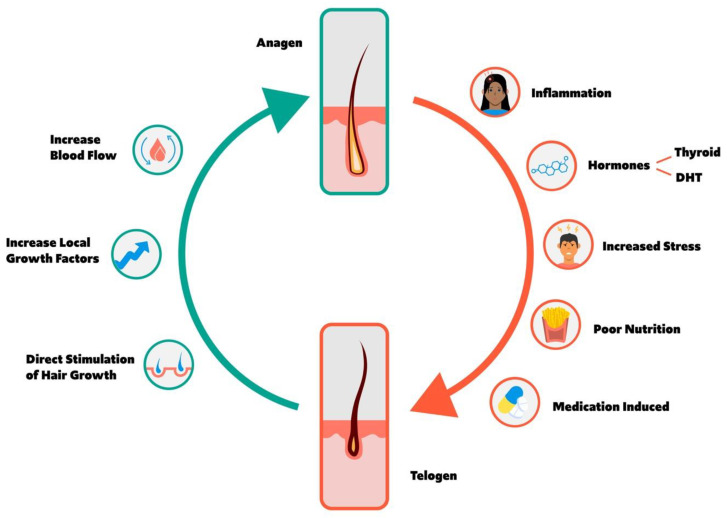
Defining the Hair Growth Cycle
Every hair on your scalp is in a phase of growth, transition, rest, or shedding. These phases are collectively known as the hair growth cycle. This cycle ensures we don’t lose all our hair simultaneously, as different follicles operate independently.


- 2,190 Grafts
- 12 Months Post Op
Why It Matters for Hair Health
Knowing which phase your hair is in can explain why you’re shedding more than usual or why new growth seems slow. It’s also key to understanding conditions like hair thinning, pattern baldness, and telogen effluvium.
1 . Anagen Phase (Growth Phase)
This is where the magic begins. During the anagen phase—the active growth stage—cells in the hair root multiply quickly, causing the hair to grow upward and emerge from the scalp. This stage can last from 2 to 7 years; the longer it lasts, the longer your hair can grow.
2 . Catagen Phase (Transition Phase)
The catagen phase is a brief transitional stage lasting only a few weeks. Hair growth halts, and the hair follicle begins to shrink. Blood supply to the follicle cuts off, detaching the hair from the root. Although brief, it’s a vital stage preparing the follicle for the next cycle.
3 . Telogen Phase (Resting Phase)
In the telogen phase, the follicle takes a well-earned break. Hair neither grows nor falls out during this period, typically lasting around three months. Up to 15% of your scalp hair is in this phase at anytime.


- 2,000 Grafts
- 11 Months Post Op
4 . Exogen Phase (Shedding Phase)
This stage can continue for 2 to 7 years. The exogen phase is when old hairs shed to make way for new growth. It’s normal to lose 50 to 100 hairs daily during this period—anything significantly more could indicate an underlying issue.
Factors That Disrupt the Hair Growth Cycle
Even the most well-oiled machine can falter under stress. Your hair cycle is no different. Various internal and external factors can throw it off balance, leading to excessive shedding, stunted growth, or hair thinning.
Genetics and Hormonal Imbalances
Androgenetic alopecia, or pattern baldness, is a common genetic condition where DHT (dihydrotestosterone) causes hair follicles to shrink over time, leading to thinning and hair loss.
Stress, Illness, and Medication
Hair loss triggered by stress—Telogen effluvium is stress-induced hair loss, where follicles enter the resting stage prematurely. It can also be triggered by surgery, childbirth, illness, or certain medications like those for blood pressure, depression, and chemotherapy.
Nutritional Deficiencies
Healthy hair growth depends on proper nourishment. Deficiencies in iron, vitamin D, zinc, and biotin can weaken follicles and shorten the growth phase. Poor diet choices, including crash diets, are often overlooked causes of hair thinning
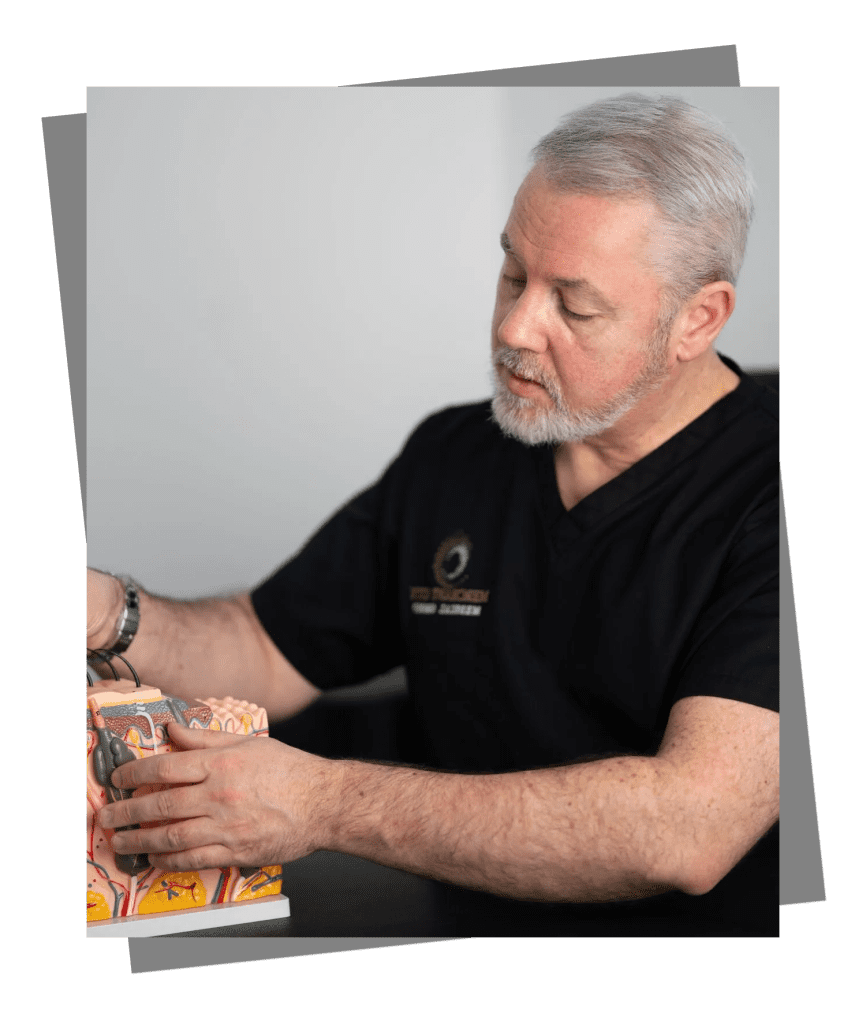
Scalp Conditions and Inflammation
The health of your scalp sets the foundation for healthy hair. Conditions such as psoriasis, seborrheic dermatitis, and fungal infections create inflammation that can disrupt the growth cycle. A clean, well-moisturised scalp fosters stronger, longer-lasting hair.
Effective Ways to Boost a Healthy Hair Growth Cycle
You can’t control your genetics, but you can create a supportive environment for optimal hair health. From diet to scalp care, here’s how to keep your follicles thriving.
Nutrition and Supplements
Start from the inside out. Eating foods high in iron and omega-3 fatty acids, protein, and vitamins A, C, D, and E fuels your follicles. Supplements may offer added support for individuals with particular deficiencies, but always consult a healthcare provider first.
Proper Hair Care Routine
Be gentle with your strands. Avoid excessive heat styling, tight hairstyles, and harsh chemical treatments. Choose sulphate-free shampoos and conditioners tailored to your hair type, and avoid over-washing.

Proper Hair Care Routine
Be gentle with your strands. Avoid excessive heat styling, tight hairstyles, and harsh chemical treatments. Choose sulphate-free shampoos and conditioners tailored to your hair type, and avoid over-washing.
Scalp Massage and Circulation
Massaging your scalp regularly boosts blood circulation and stimulates the follicles. Use fingertips or tools like a soft-bristled brush or scalp massager. Oils like rosemary or peppermint can also enhance the benefits.
Stress Management
Mental health directly impacts your physical well-being, including your hair. Incorporate mindfulness, exercise, or hobbies into your daily routine to reduce stress and maintain hormonal balance.
When to Worry
Signs of an Unhealthy Hair Growth Cycle
It’s normal to shed hair daily, but certain signs could indicate a deeper issue that warrants attention.
Excessive Shedding
Are you finding clumps of hair on your pillow, brush, or in the shower? If your hair loss consistently exceeds 100 strands a day, it might indicate that more follicles are stuck in the telogen or exogen phases.
Noticeable Thinning or Texture Changes
Hair that feels finer, limp, or sparse along the crown or parting could interrupt your growth cycle. This interruption is often gradual and easy to dismiss until it becomes prominent.
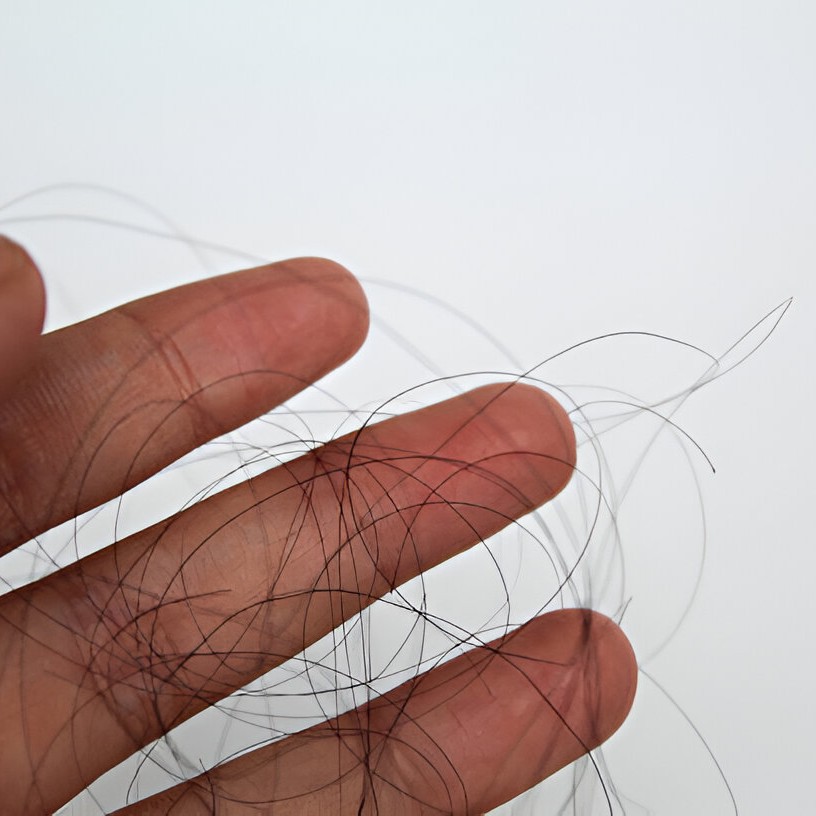
Bald Patches or Sudden Loss
Patchy hair loss or abrupt thinning can indicate conditions like alopecia areata or scalp infections. If caught early, these conditions are often treatable.
Treatment Options to Restore the Hair Growth Cycle
If your growth cycle is disrupted, don’t panic — a variety of treatments can help reset it.
Over-the-Counter Products
Minoxidil

Minoxidil is a popular topical solution that encourages hair growth by extending the hair cycle’s active (anagen) phase. Available in foam or solution, it’s easy to apply and suitable for both men and women.

Prescription Treatments
Finasteride
Finasteride, taken orally, is often prescribed for men with androgenetic alopecia. It reduces DHT levels, slowing hair loss and promoting regrowth. Hormonal therapy can be beneficial for women dealing with hormonal imbalances.
Natural Remedies
& Therapies
Herbal oils, onion juice, aloe vera, and caffeine-based serums have shown promising results in supporting scalp health and stimulating follicles. Low-level laser therapy (LLLT) is another non-invasive option.
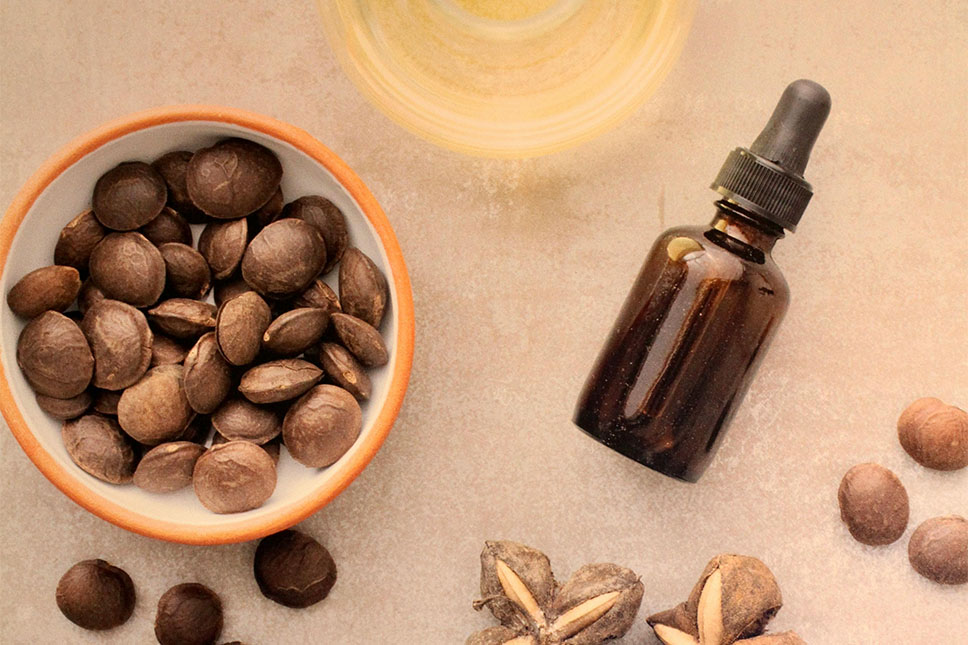
Medical Treatments
PRP & FUE
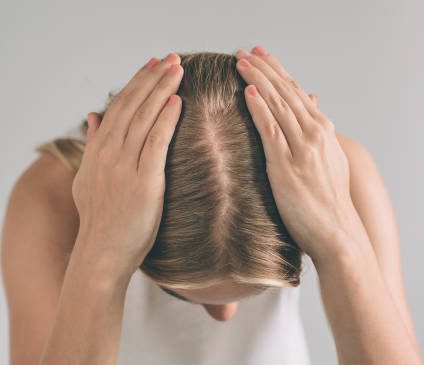
Platelet-rich plasma (PRP) therapy injects your plasma into the scalp to stimulate follicle activity. Follicular Unit Extraction (FUE) transplants are a permanent solution for those with extensive loss.
Hair Growth Myths
The internet is filled with hair advice — not all of it true. Let’s separate fact from fiction.
-

Cutting Hair Makes It Grow Faster
Trimming doesn’t affect follicle activity but helps remove split ends, making hair appear healthier and thicker. -

Natural Oils Alone Can Reverse Hair Loss
Oils can nourish the scalp but can’t reverse genetic or hormonal hair loss alone. They’re best used as part of a broader routine. -

Hats Cause Baldness
Wearing a hat doesn’t make you bald. Only tight headwear that causes friction or reduces airflow might irritate the scalp, but it doesn’t lead to follicle damage. -

You Can Regrow Hair Overnight
There’s no miracle solution. Consistency and patience are key to seeing meaningful results.
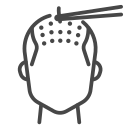

Future of Hair Growth
Science is moving quickly, offering hope for more advanced and lasting hair restoration solutions.
Hair Cloning and Stem Cells
Researchers are exploring ways to clone hair follicles or use stem cells to regenerate them, potentially providing an unlimited supply of healthy hair.
Follicle Engineering and Biotech Advances
Artificial follicles and bioengineered hair are on the horizon, promising breakthroughs for those with irreversible hair loss.
Personalised Hair Loss Treatments
Genetic testing may soon allow clinicians to tailor treatments based on an individual’s unique follicular response, hormones, and lifestyle.
Why Choose Merchant City Medical Group for Your Hair Restoration Journey
Pros.
- Expert Surgeons
- Best Clinics
- Flexible Financing
- Post-Surgery Care
Merchant City Medical Group
At Merchant City Medical Group, we understand how emotionally and physically challenging hair loss can be. That’s why we combine medical excellence with personal care to guide you every step of the way in your hair transplant journey.
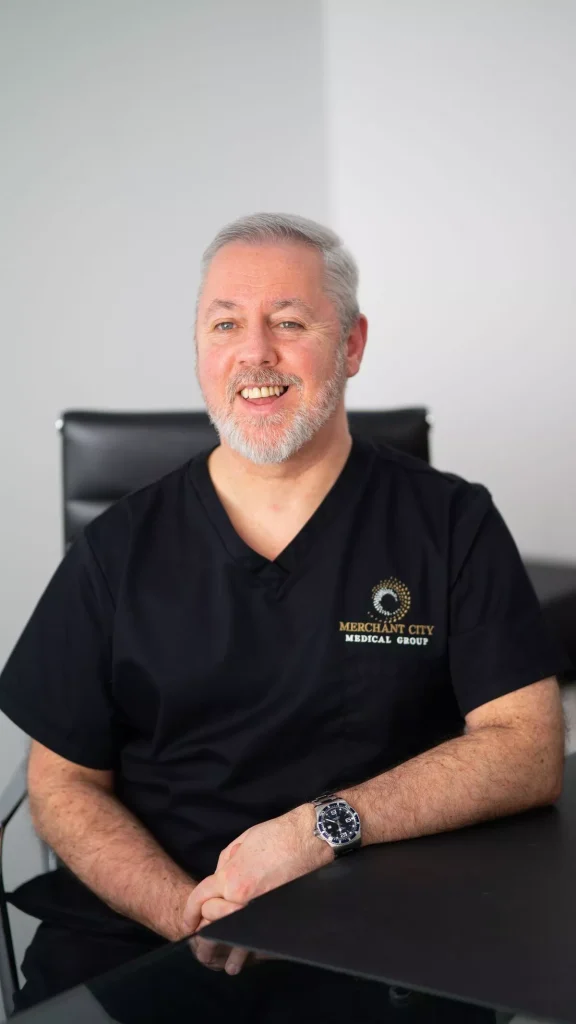
Expertise
Our clinic provides a full spectrum of hair restoration treatment — from FUE transplants and PRP therapy to bespoke scalp assessments. Each solution is tailored to your hair type, loss stage, and personal goals.
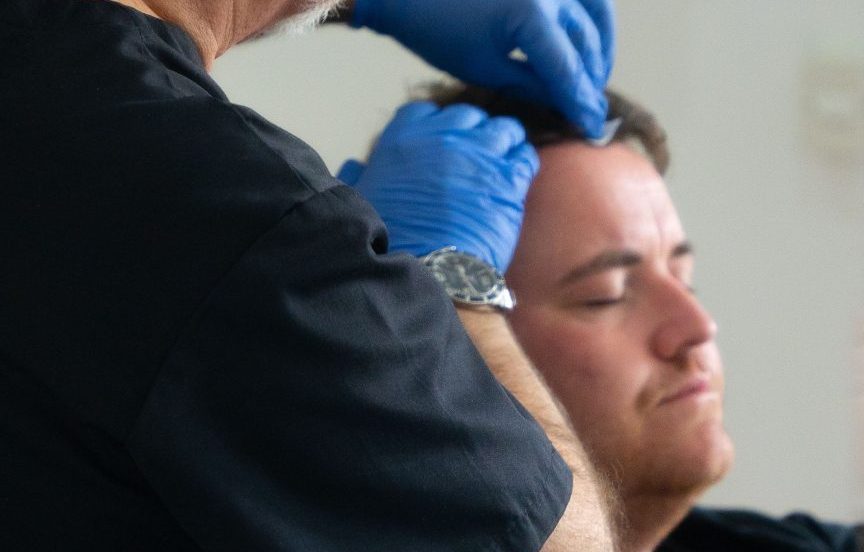
Why Choose Us
With expertise and a skilled team, this UK-based hair restoration clinic uses advanced technology and proven techniques to deliver natural, lasting results.

Client Success Stories
Our clients have regained not just their hair, but their confidence. Visit our website to view real before-and-after transformations that speak for themselves.
Your Hair Journey: Knowledge, Confidence, and Growth
Your hair growth journey is deeply personal, but it doesn’t have to be confusing. By understanding the natural growth cycle, identifying when something’s amiss, and knowing your options, you can regain confidence and take proactive steps. Whether through lifestyle changes or professional treatment, your healthiest hair is within reach.
Book your free consultation today and take the first step toward a fuller, more confident you!
Excellence Record
- 30+ Years of combined experience
- 10 + Experts
- 1000 + Satisfied Patients




